
The Ascent understands exactly what it wants to be, and it understand exactly what it needs to emphasize to succeed in what it sets out to do. As fundamental as those things might seem for any game, there’s a bevy of examples of even some of the biggest releases that widely miss the mark in at least one of those two areas, if not both. But not The Ascent. The cyberpunk aesthetic, tense shooting, and role playing- those are the three pillars that The Ascent is built on, and it goes out of its way to strengthen those pillars in everything that it does from top to bottom. It’s not often that you play a game that exhibits such a thorough understanding of its guiding principles, and mastery over the mechanics that are needed to bolster them, but The Ascent is, without the shadow of a doubt, one such game.
You play as a nameless corporate worker- pretty much a slave, in all but name. Hell, even in name- you and scores of others in this world are referred to as indents, or indentured labourers. The Ascent is set on the planet Veles, where corporations rule the roost. Behemoth, towering structures known as arcologies are the only places on this planet where any life is possible, and each arcology is owned by a megacorporation- and that ownership extends to vast scores of the hundreds of thousands who reside within these arcologies.
The Ascent is set within the arcology owned by a corporation known as the Ascent Group, and you’re one of its many indents. While the rich live in the lap of luxury in the higher tiers of the arcology, thousands and thousands of others, you included, languish in the day-to-day grind in the gritty, lower tiers, simply trying to get by. The status quo radically shifts, though, when the Ascent Group crumbles inexplicably and abruptly, simply perishing in the snap of a finger under mysterious circumstances- which, of course, means that the hundreds of thousands living in the arcology who rely on the infrastructure and resources provided by the corporation to live and survive are thrown for a complete loop. As the arcology scrambles to restore order and rival corporations swoop in to try and take control, it falls to you to unravel the mysteries of the Ascent Group’s collapse, and perhaps even earn the kind of freedom for yourself that most people can only ever dream of.
"The world of The Ascent is one of the richest, most immersive I have seen in a game in some time, thanks not only to abundant, engaging lore, but also expert worldbuilding that crafts a unique yet believable world that is brimming with personality and a distinct sense of place. It feels lived in, with a history, culture, and social order of its own."
A cyberpunk setting, when pulled off properly, can be a wonderful thing. It is so vibrant, so unique, so thematically rich, and The Ascent is keenly aware of all of that potential. The game’s world is large and dense and varied, and pops gloriously no matter where you go. Garish neon lights, streets and structures of glass and metal shining and slick with rain, alleys littered with dirt and grime, holograms bursting out of terminals and screens around every corner, bodies of humans and aliens alike decked out with chrome and silver- The Ascent absolutely nails that aesthetic. Gorgeous, evocative art style forms the backbone of this starkly beautiful cyberpunk world, and it’s bolstered by stunning technical achievements. The Ascent is not subtle with its beauty – it’s hard to be subtle when you commit so thoroughly to the cyberpunk genre – and suitably enough, it’s constantly showing off its world with impressive visual fidelity.
But cyberpunk is, of course, more than just neon and rain and chrome. It’s not just an aesthetic- it’s also a thematic choice, and this is another area where The Ascent displays a mastery of the genre. The world of The Ascent is one of the richest, most immersive I have seen in a game in some time, thanks not only to abundant, engaging lore, but also expert worldbuilding that crafts a unique yet believable world that is brimming with personality and a distinct sense of place. It feels lived in, with a history, culture, and social order of its own. None of it is ever shoved in your face, and though all the fictional nouns and slangs and nomenclature can feel a little daunting at first, the more you play the game, the more you lose yourself in it.
A world as expertly built and richly detailed as this one is rife for storytelling, but this is one area where The Ascent stumbles a little bit. Or, well, maybe that’s a little unfair- it doesn’t stumble so much as it simply doesn’t emphasize narrative and storytelling a whole lot. The story the game does tell is a decent one, if not spectacular, but it’s mostly told through audio conversations and short cutscenes, while it also doesn’t help that you play as a silent protagonist. Of course, it’s not uncommon for an RPG to throw players into a world dense with lore and backstory, only for the actual immediate story to be fairly straightforward- The Ascent is one such game. Above all else, The Ascent wants you to engage with its deep mechanics and thrilling combat, which means that the actual story ends up taking a bit of a backseat.
"Above all else, The Ascent wants you to engage with its deep mechanics and thrilling combat, which means that the actual story ends up taking a bit of a backseat. It’s a good thing, then, that the mechanics are excellent."
It’s a good thing, then, that the mechanics are excellent. The most immediate and fundamental mechanic of the game is the shooting, which is a perfect case of “simple yet brilliant.” When it comes to combat, The Ascent is an isometric twin-stick shooter, and encourages fast-paced, adrenaline-fueled, run-and-gun gameplay. You might at times find yourself taking cover behind objects and aiming high to shoot at enemies behind cover, but for the vast, vast majority of the game’s combat, you’re going to be running and gunning. Staying on the move is imperative because of how aggressive enemies are, and thankfully, The Ascent controls like a dream.
The guns, in addition, feel excellent to shoot, while with its enemy variety and its reloading and dodge mechanics, the game also ensures that combat encounters don’t just turn into mindless shooting galleries that involve no strategy or restraint. The Ascent also keeps putting you in varied and very smartly designed encounters, each with new and unique challenges, from excellent, challenging boss fights to grueling gauntlets that task you with taking on overwhelming swarms of enemies. Properly navigating your surroundings, striking the right balance between defence and offence, and making smart use of the weapons and abilities at your disposal is always key, which means The Ascent’s combat ends up perfectly toeing the line between being strategic and tactical and being blood-pumping and bombastic.
But the combat, as excellent as it is, is just the meat on top of the bones. The skeleton within that holds the entire structure together is that of a mechanically dense and satisfying RPG. Build variety is extremely important in an action RPG, and in The Ascent, there’s a lot of ways to build your character into whatever you want it to be. Leveling up grants you skill points to invest in skills, of course, which raises your primary fundamental attributes such as health, agility, energy, and more, but several other methods of customization and powering up your character are also stacked on top of that.
"Properly navigating your surroundings, striking the right balance between defence and offence, and making smart use of the weapons and abilities at your disposal is always key, which means The Ascent’s combat ends up perfectly toeing the line between being strategic and tactical and being blood-pumping and bombastic."
There’s an impressive variety of weapons to use, for starters, with several different weapons available across the many types available in the game, including shotguns, machine guns, precision rifles, and more overpowered weapons like RPGs and gatling guns. Weapons within these categories also offer meaningful differences from each other, so even if you only want to stick to, say, shotguns, you still get to choose whether you want one that fires regular slugs or one that fires energy beams, one that does more damage or one that has a larger clip.
On top of that, each weapon can also be upgraded with components that you find by exploring the world. Components aren’t given out too freely, which means you have to think carefully about which weapons you want to invest in. In turn, that means that weapons don’t feel disposable the way you would expect them to in an action RPG such as this one- you’re encouraged to stick with weapons you like and keep investing in them, and you’re always rewarded for those investments. If you really like that submachine gun you found in the early hours of the game, you can keep powering it up and keep using it as your primary weapon for hours and hours, and not worry about being underpowered. You can also only equip two weapons at a time, which means you always have to make a choice based on what kind of a build you’re working toward.
Then there are abilities, which vary from basic things like melee attacks or summoning a decoy that draws aggro from enemies and does a little bit of damage of its own to more specialized moves like marking enemies within range to explode upon death or surrounding yourself with sharp and spinning razor blades that damage anyone that gets too close to you. Abilities all have cooldowns, and they each also consume energy, which is regained by damaging and killing enemies. That, in turn, means that combat in The Ascent achieves a wonderful synergy between shooting with your weapons and using abilities. For instance, if you have enough energy saved up when coming up against an overwhelming wave of enemies, you can equip your gatling gun that has two hundred bullets in its clip, and use an ability that lets you empty the entire clip with flawless accuracy and damage, allowing you to unleash a precise and deadly barrage of bullets.
"All the different elements of The Ascent’s combat end up feeling very intrinsically tied to each other, encouraging you to use the full range of your arsenal across your weapons, abilities, and tactical equipment. Not only does it feel mechanically rich, dense, and satisfying, it also keeps things from ever feeling too monotonous."
On top of the weapons and abilities, you also get one slot of tactical equipment, which can be something as basic as EMP or frag grenades, or, later on in the game, something much more deadly and helpful, like a turret or a mech suit that fights by your side. Meanwhile, you can also equip your character with augments and cybernetic enhancements that provide more passive advantages, such as improved healing or faster dashes for more effective dodging. Tactical equipment, too, has a separate meter of its own, which is also filled up by damaging or killing enemies, which means that all the different elements of The Ascent’s combat end up feeling very intrinsically tied to each other, encouraging you to use the full range of your arsenal across your weapons, abilities, and tactical equipment. Not only does it feel mechanically rich, dense, and satisfying, it also keeps things from ever feeling too monotonous.
On paper, none of these might sound like unique, out-of-the-box ideas- but they don’t need to be. They stand out because of their execution, not because of their inventiveness. They work as well as they do because they’re implemented ingeniously. The Ascent understands that simply offering players a deluge of options in the tools at their disposal isn’t enough- those options also have to be meaningfully different from each other, and each have their own strong pros and cons. It’s a classic case of quality and quantity, and it encourages actual, proper build diversity, something that is so crucial in a game like this.
That’s something that’s true of the gear as well. Across three different categories – head, torso, and lower – The Ascent constantly provides you with new gear pieces, which not only often radically differ from each other on a visual level, but can also be uniquely useful in specific situations. For example, a boss that specializes in fire damage might be giving you too much trouble even if the gear pieces you have equipped have good stats, but go into the battle with different gear that buffs your fire resistance, and you’ll end up having a much easier time against it. It’s not just numbers on a screen- the gear has an actual, tangible impact. You know, the way it should in a proper RPG. Best of all? There’s no level scaling. Go to an early area with a buffed-out character, or to a high-level area with an underpowered one, and in both instances, you’ll instantly feel the power gap. A simple yet effective way to make the progression feel meaningful and worth investing time in, and one that not nearly enough RPGs employ in today’s day and age.
"The Ascent understands that simply offering players a deluge of options in the tools at their disposal isn’t enough- those options also have to be meaningfully different from each other, and each have their own strong pros and cons. It’s a classic case of quality and quantity, and it encourages actual, proper build diversity, something that is so crucial in a game like this."
One area where The Ascent does run into some issues, however, is optimization. None of the issues I’ve run into have been anything major, but they can’t be completely overlooked either. Minor technical issues like audio glitches, texture pop-in, and momentary freezes pop up every now and then, while I’ve also had a couple of crashes. There are also a few quality-of-life deficiencies that collectively add up. Fast-travelling, for instance, is rather inconvenient. The Ascent’s world is split across multiple tiers, and while you can fast travel within a given tier freely (unless you’re in an indoor location), to travel between tiers, you need to use specific elevators. So if you want to quickly go from one place in one tier to another place in another tier, you have to sit through at least two fast travel load screens, which are punctuated by travelling on-foot to the elevator that will take you to a different tier of the arcology. Other than that, the map in The Ascent can also be hard to read at times. On several occasions, the map claimed to have brought me to the target location of a quest, and only after aimlessly roaming around for a couple of minutes would I realize that the map had mistakenly glitched out and brought me somewhere I’m not supposed to be.
In the grand scheme of things though, those are all rather minor issues. Playing The Ascent is an absolute joy, whether you’re blasting your way through scores of enemies, or engaging with its dense and satisfying role playing mechanics, or hunting down quests and side quests in its rich, gorgeous world, or losing yourself in its deep, engrossing lore. It’s impossible not to tip your hat to a game like this, but all of its achievements become even more impressive when you consider the fact that it was made by a team of just a dozen people. The Ascent has an acute understand of what makes the cyberpunk setting tick, of what makes for a good role playing game, and of what a good combat system needs to do. It’s one of the most impressive action RPGs you’ll ever play.
This game was reviewed on the Xbox Series X.
Rich, engaging lore; Incredible worldbuilding; Excellent art design; Stellar visuals; Exciting, fast-paced combat; Meaningful build diversity; Variety in weapons, abilities, and gear strikes a balance between quality and quantity.
Narrative and storytelling end up taking a backseat; Some technical problems; A few quality-of-life issues.









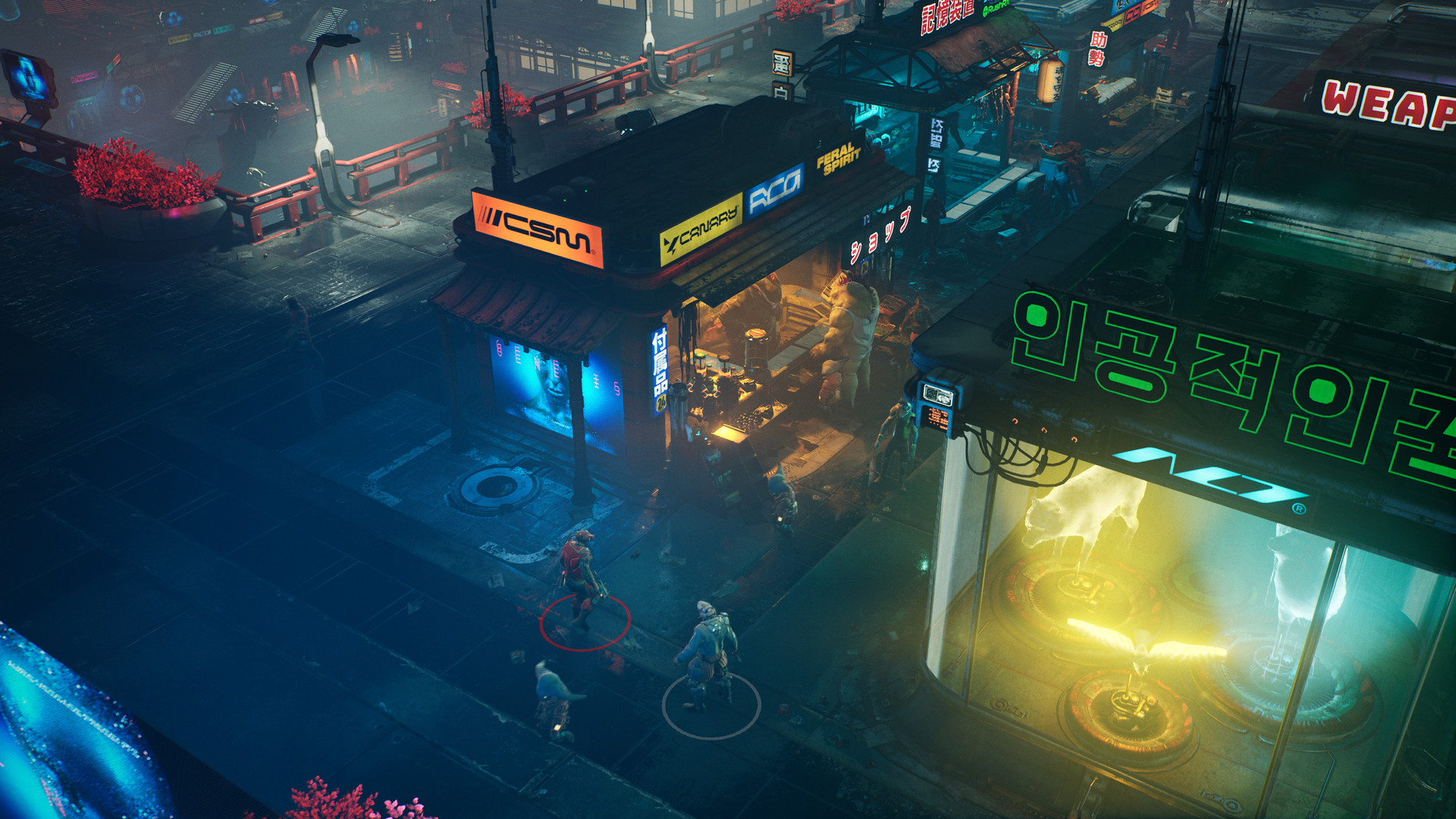
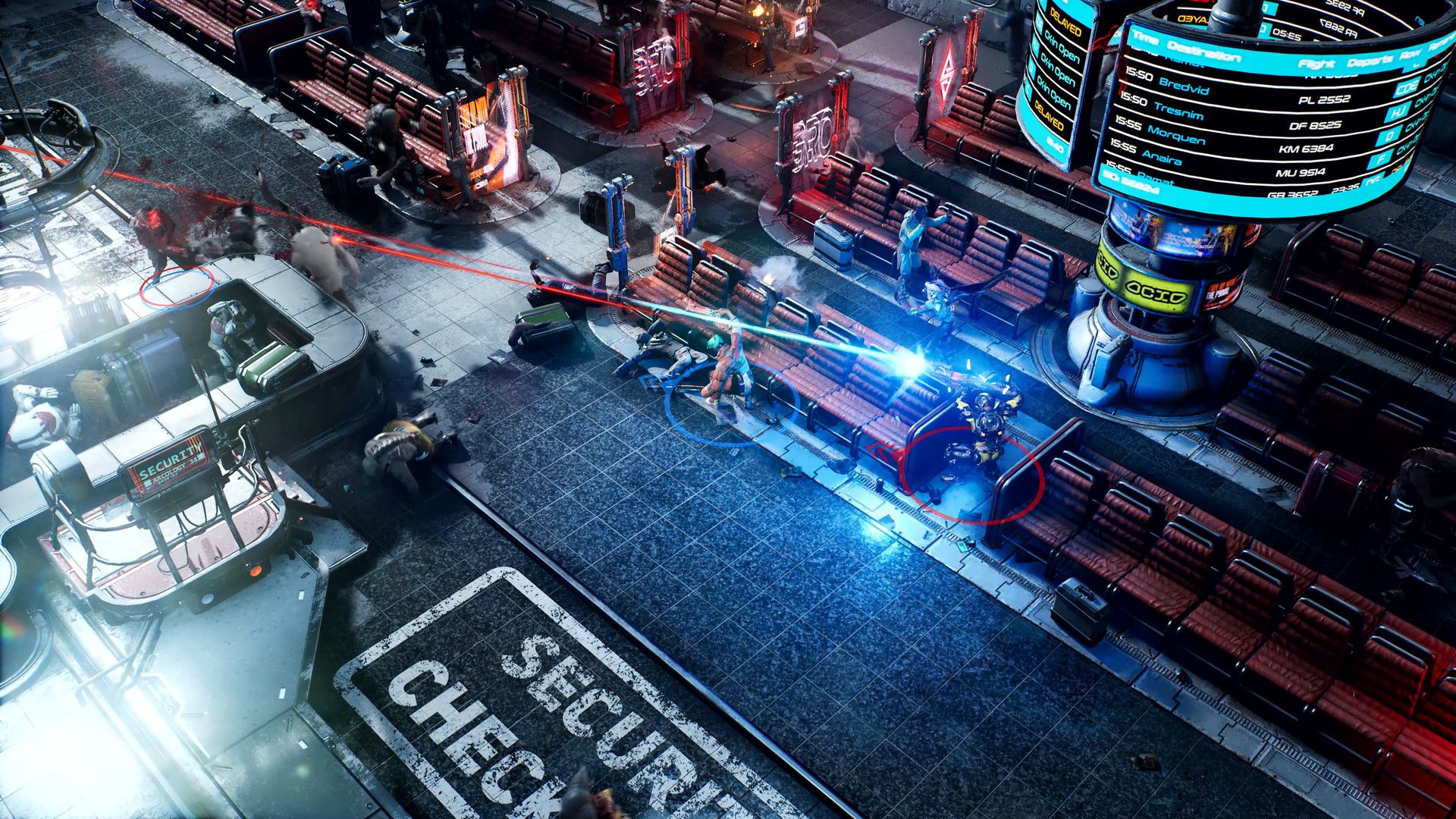
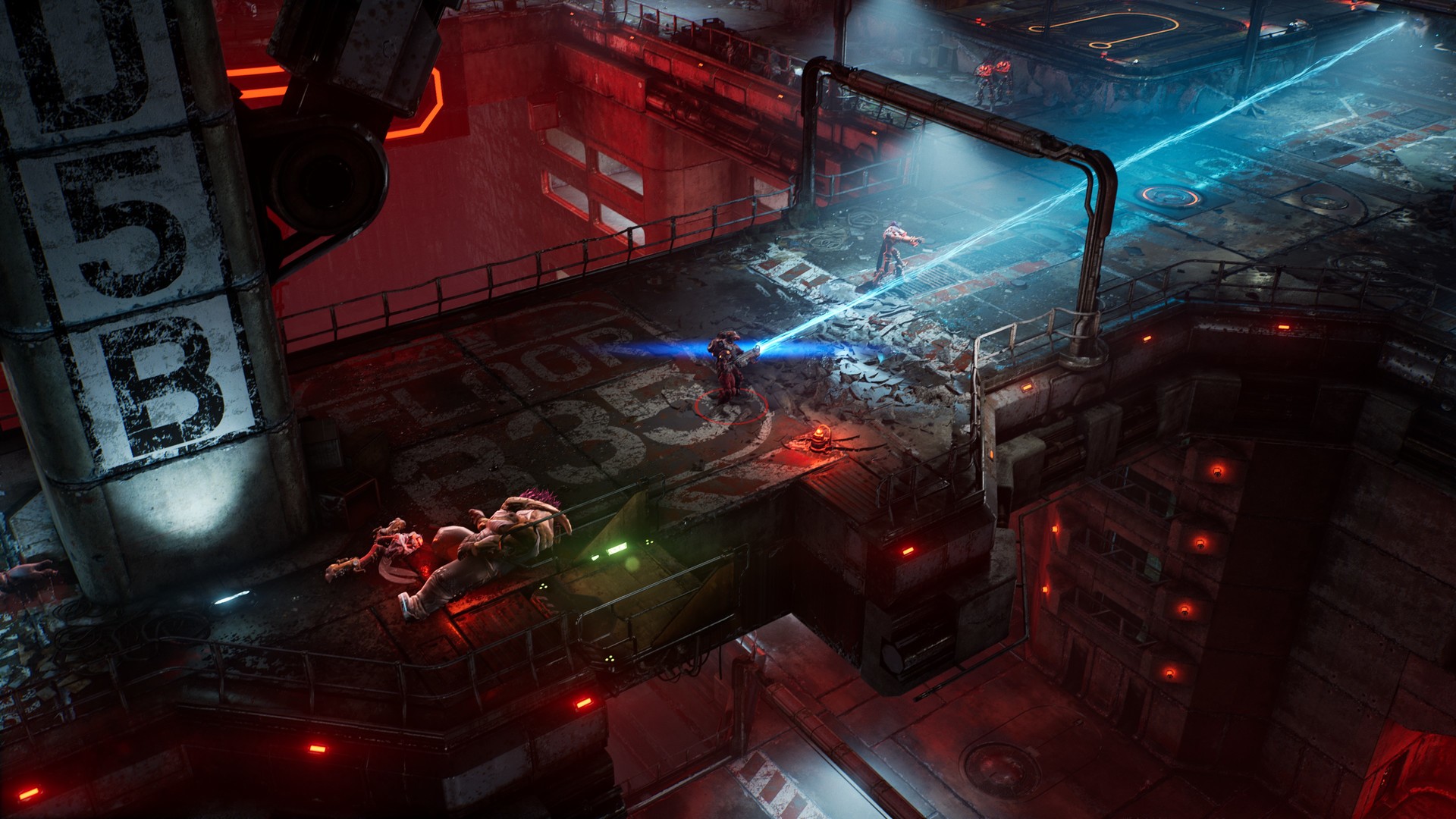
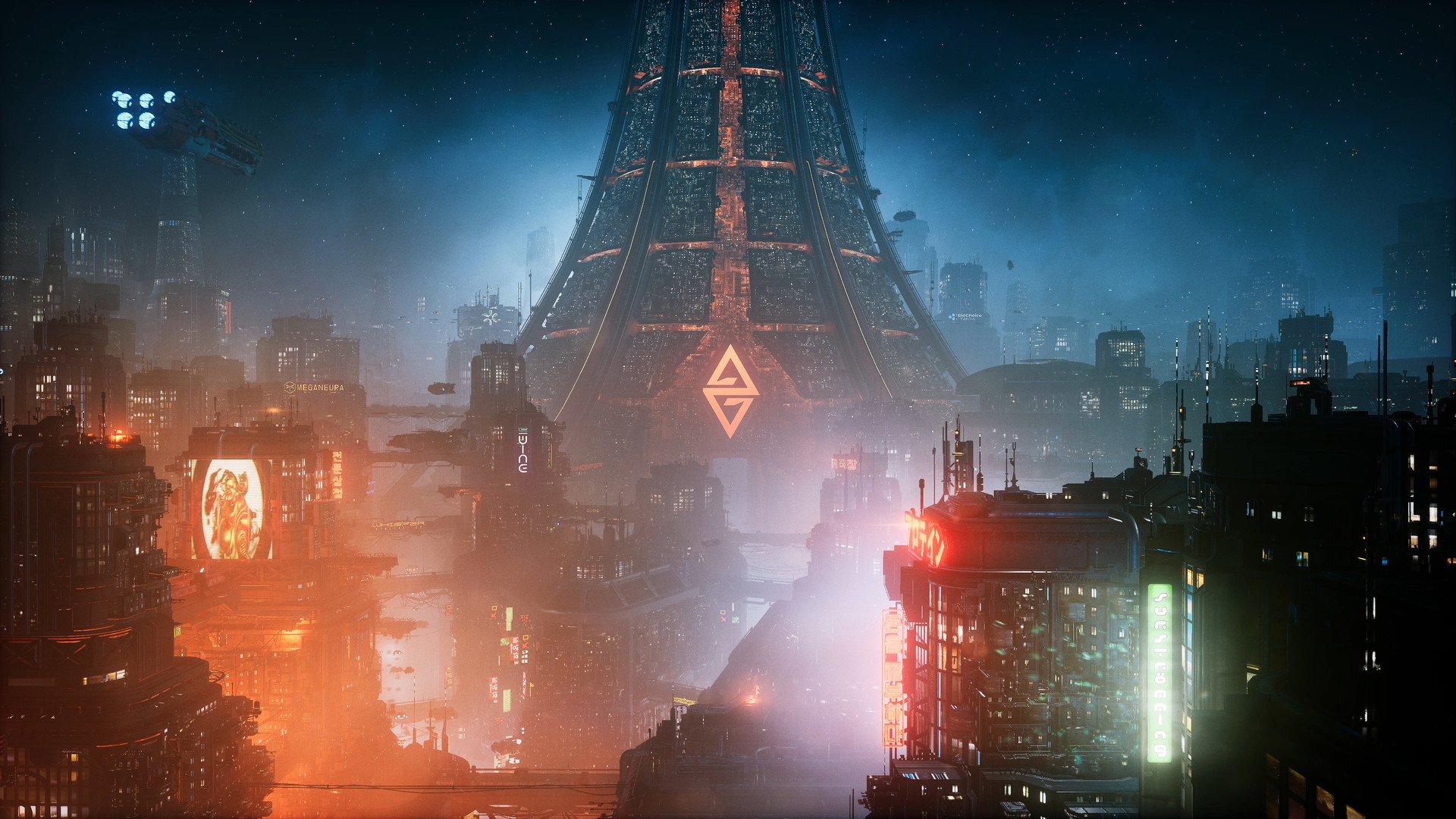



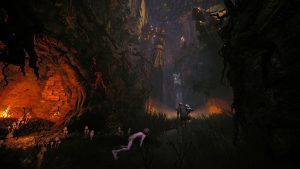

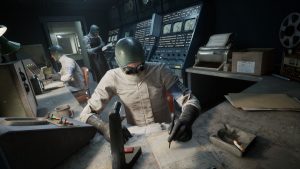



Share Your Thoughts Below (Always follow our comments policy!)